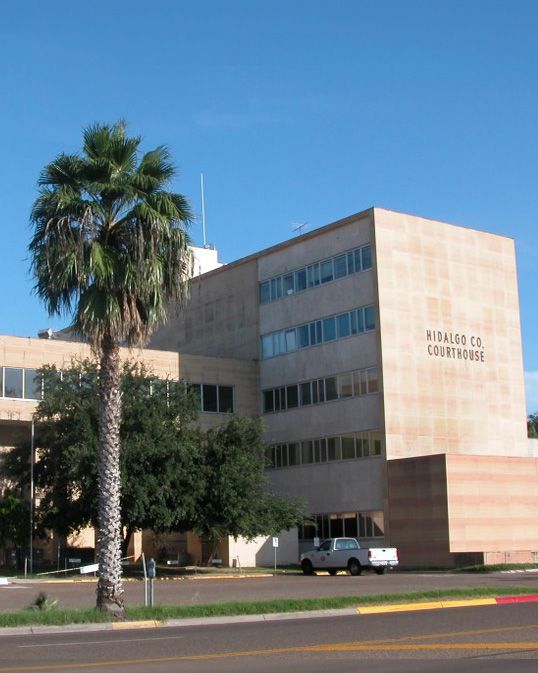What Are the Different Types of Bone Fractures?
LAW BLOG •
A bone fracture is one of the most common personal injuries. A bone will fracture, or break, when too much pressure is exerted against it. If the bone cannot withstand the pressure, it will crack or break. A patient’s prognosis for recovery from a broken bone will depend on the type of bone fracture. If you have any type of bone fracture from an accident in Houston, you may have grounds for personal injury claim.
Nondisplaced vs. Displaced Fracture
A doctor will first categorize a bone fracture as displaced or nondisplaced. A displaced fracture is more serious. It refers to a bone that fractured into two or more pieces and shifted out of its proper alignment. A nondisplaced bone is also broken but it maintains its natural alignment. A nondisplaced fracture is a stable fracture, where the broken ends of the bone still line up and are not out of place.
Open (Compound) vs. Closed (Simple) Fracture
Next, a doctor will gauge whether the bone fracture is open or closed. An open fracture, also called a compound fracture, means the broken bone is protruding through the skin. A victim may be able to see the bone poking through the skin outside of the leg. Otherwise, there may be a deep gash that exposes some of the bone through the skin. An open fracture is vulnerable to infection. A closed fracture, also called a simple fracture, does not break the skin.
Transverse vs. Oblique vs. Spiral Fractures
A transverse bone fracture describes a break that goes in a straight line across the bone. An oblique fracture goes diagonally across the bone. A spiral fracture, on the other hand, travels in a spiral pattern around the bone. Spiral fractures are most common in the longest bones of the body, such as the tibia, fibula or femur. They can also occur in the long bones of the arms. Spiral fractures can occur in twisting incidents, such as a physical attack or entanglement in a piece of machinery. In general, transverse and oblique fractures are simpler to treat than spiral fractures.
Stress Fracture
A stress fracture is one of the most minor types of bone fractures. A stress fracture, also called a hairline fracture, does not break the bone completely. Instead, it lightly cracks the bone. A stress fracture can be more difficult to diagnose than a conventional fracture. Stress fractures are most commonly caused by repetitive motion or overexertion.
Greenstick Fracture
A greenstick fracture is also known as an incomplete fracture. It means the bone has cracked or splintered but not completely separated into two or more pieces. Greenstick fractures are most common in young children due to the soft texture of their bones. Softer bones tend to bend before they break, potentially causing fractures that resemble the splintering of a green stick (young plant).
Segmental vs. Comminuted Fracture
If one bone has two fractures with a floating piece of bone in between them, it is a segmental fracture. If a broken bone shatters into three or more pieces, it is a comminuted fracture. This type of fracture is severe and may require surgery – such as reconstructive surgery – to mend. In the most extreme cases, such as a crushed limb, a doctor may need to amputate a limb as a result of an untreatable comminuted fracture.
What to Do If You Have a Bone Fracture From an Accident in Texas
If an auto accident, fall accident, violent assault, sports incident or another type of accident gave you a bone fracture in Houston, Texas, you may have grounds to bring a personal injury claim. Contact an attorney for an in-depth case evaluation. An attorney can help you understand your rights under Texas law and bring a claim to damages on your behalf, if applicable. Your lawyer will help you fight for maximum compensation for your past and future losses.
The post What Are the Different Types of Bone Fractures? appeared first on GES Injury Attorneys.
Every state limits the amount of time you have to file a claim.
Don't Delay.
Contact the Attorneys at Gordon & Elias, LLP Today to preserve your right to a recovery.
Contact Us
We will get back to you as soon as possible.
Please try again later.
100% FREE CASE EVALUATION
Free Consultation • No Fee If No Recovery



